For the 20th year of the Japanese Film Festival widely-known as Eigasai, Japan Foundation brings 20 films (from animation, drama, comedy, documentary to horror) to Filipinos and Japanese film enthusiasts. Eigasai goes back to the Cultural Center of the Philippines (CCP), its first home when it started in 1997. The films “Memories of You,” “In This Corner of the World,” and “The Sting of Death” were screened during Eigasai’s opening last July 1.
Manga (comics) Kono Sekai no Katsumi ni by Fumiyo Kōno is turned into animated film In This Corner of the World directed by Sunao Katabuchi. It brought everyone to tears and left people astonished at the CCP Dream Theater. After the film, Dr. Jacqueline Berndt, Professor in Japanese Language and Culture at Stockholm University, explained how the film went from being a manga to anime, and why it’s a must-see in the theaters.
![In This Corner of the World Official [Subtitled] Trailer](https://i.ytimg.com/vi/gaRqwKfMlKU/hqdefault.jpg)
1. It’s a story about a young girl’s life before and during wartime in Japan
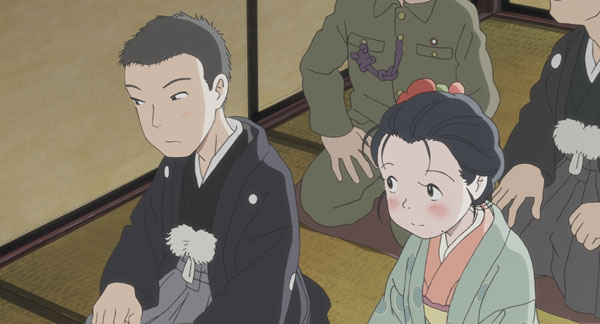
In This Corner of the World centers on the story of Suzu Urano, a woman who likes to draw almost everything that surrounds her: buildings, landscapes, Hiroshima—before the war destroyed the city she knew it was. 18-year-old Suzu gets married off to a naval officer Houjou Shusaku and moves to Kure City in Hiroshima Prefecture, a major naval port where the battleship Yamato was built.
2. It tells us that we can persevere even in times of adversities in life

In a time of war, bombs shatter not only houses and properties, but also people’s souls into pieces. Suzu’s story proves to us that we can still find the courage and strength to face life despite the unfortunate circumstances that constantly occur in our lives.
3. It’s a historically realistic anime
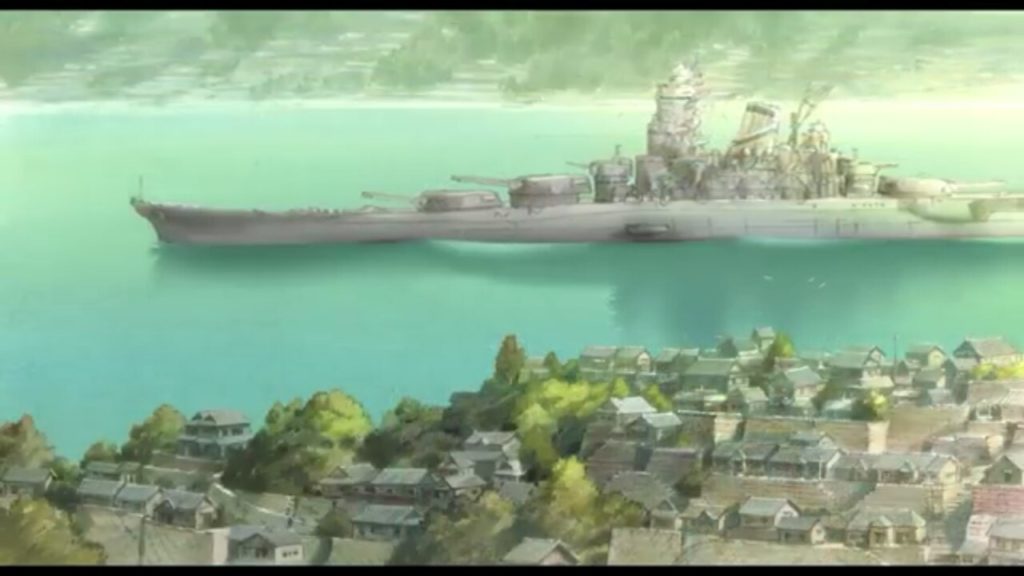
According to Dr. Berndt, In This Corner of the World is unlike other animes that are mostly fantasy-based. It presents a historically realistic narrative and depicts the life and struggles of Japanese people during World War II.
4. It shows a different side of the war that may be unknown to many
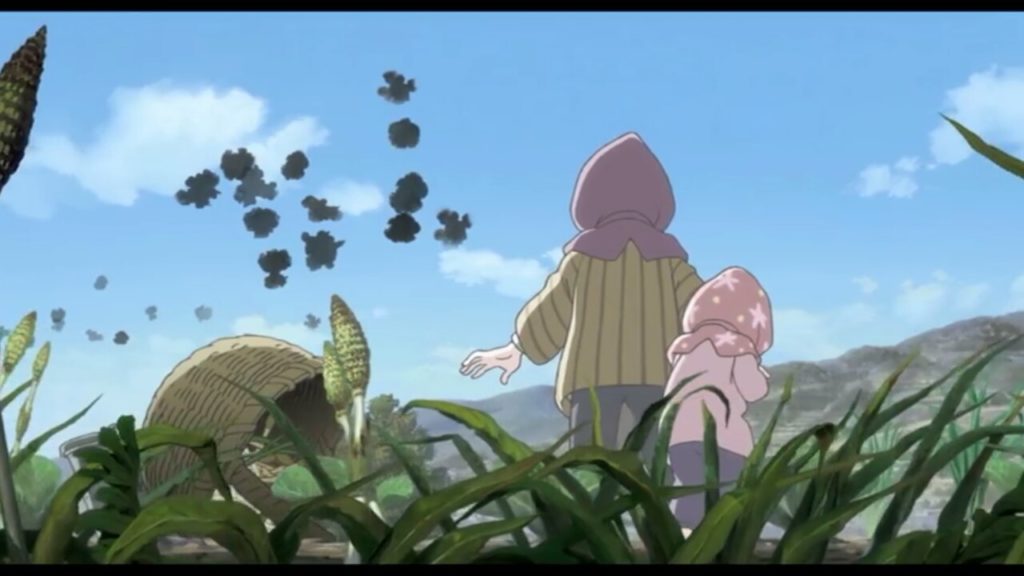
Set in Hiroshima, Japan during the 1930s and the 1940s, people would probably expect the atomic bomb in the story. But the manga writer Fumiyo Kōno didn’t want to “…narrate the story only through the atomic bomb,” so he decided to depict the war devastation in another location, Kure.
Viewers will get to see how World War II affected the Japanese community despite the known atrocities Japan inflicted on the rest of the world during the war. In This Corner of the World also showed how militarization was “…good for the family, for the employment,” so people can put food on their table and survive the daily struggles caused by the war, Dr. Berndt explained.
5. “It is a hand-drawn artwork, with CGI limited to background in battle sequences…”
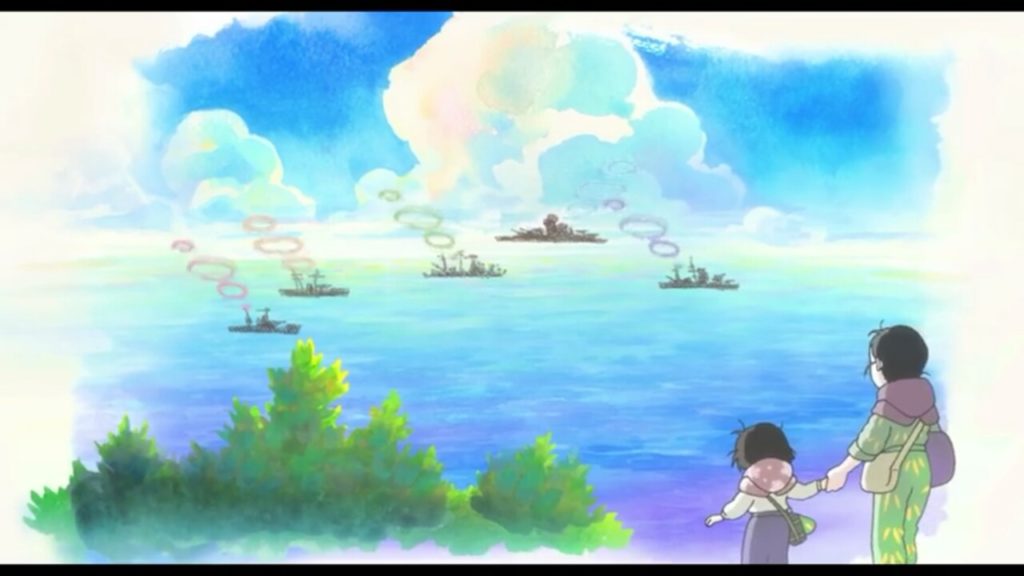
In This Corner of the World is a hand-drawn artwork and used minimal CGI (computer generated imagery)–making it “…a film made by human and by a machine,” said Dr. Berndt. One of the notable scenes in the film is where it used a film technique—scratching or sketching on the film—to give the impression of hand-drawing. It was regarded as “…highly artistic and experimental among artists.”
6. The film was crowdfunded for global distribution
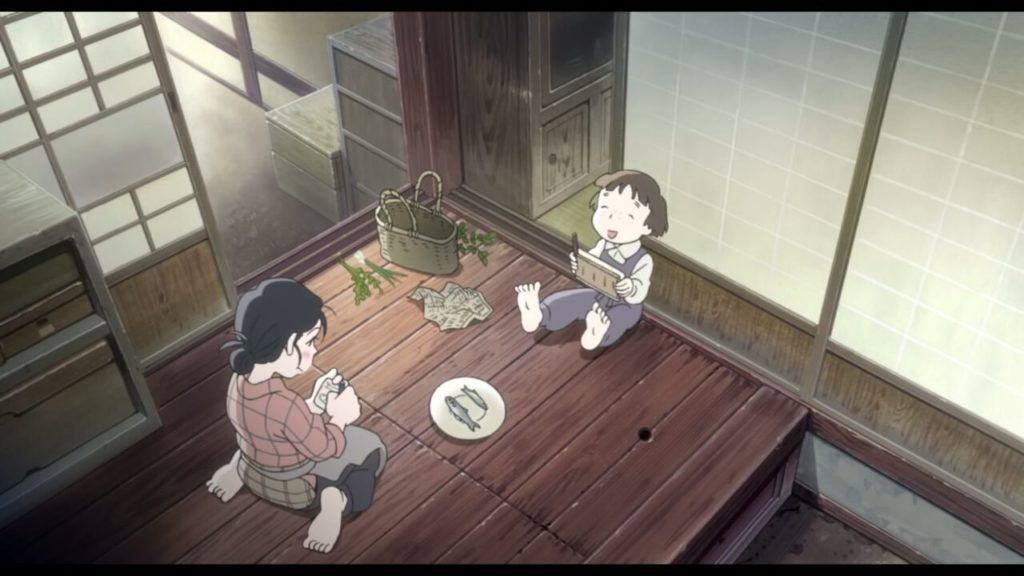
The animated film was initially meant for domestic audiences only due to limited resources. The production team raised the money through crowdfunding to promote the movie abroad and make global distribution possible. Now, the film is making a buzz on its own online particularly on social media with people saying they can’t wait to see the anime.
7. It used “hand” as a motif
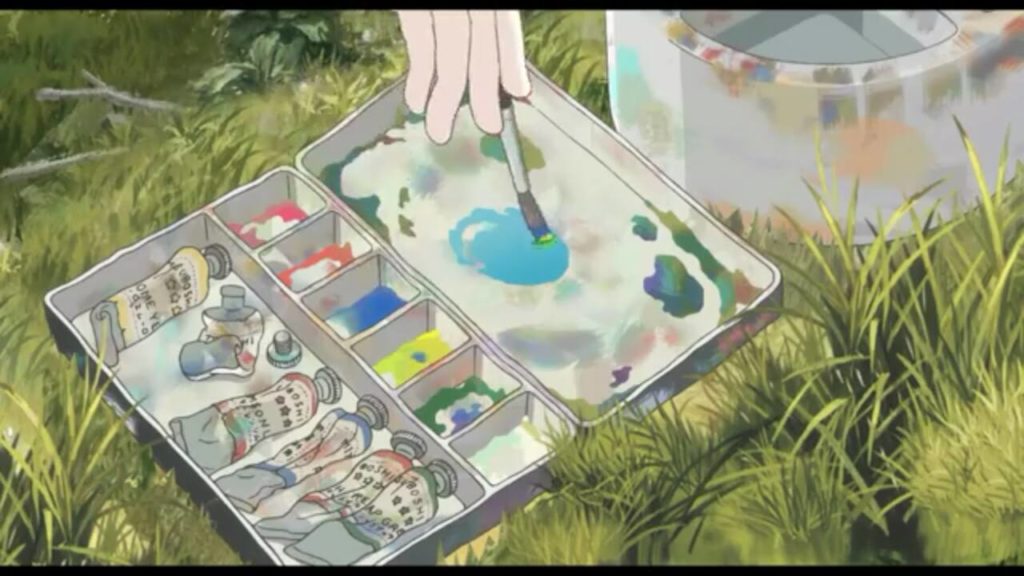
“Hand” played a central role in the film as it was used as a motif. Suzu has a talent for drawing, and sketching things became her only solace in the war-torn town and life she’s living. Throughout the film “hand” played an integral part not only on the hand-drawn animation but also on Suzu’s character and story.
One of the highlights of the film was when Suzu sees everything the war has brought upon their city and said that it’s: “…as if the world was drawn left-handedly.” According to Dr. Berndt, the artist of the manga drew everything with the left hand from that scene towards the end of that volume of the manga.
8. Japanese actress voiced the lead character
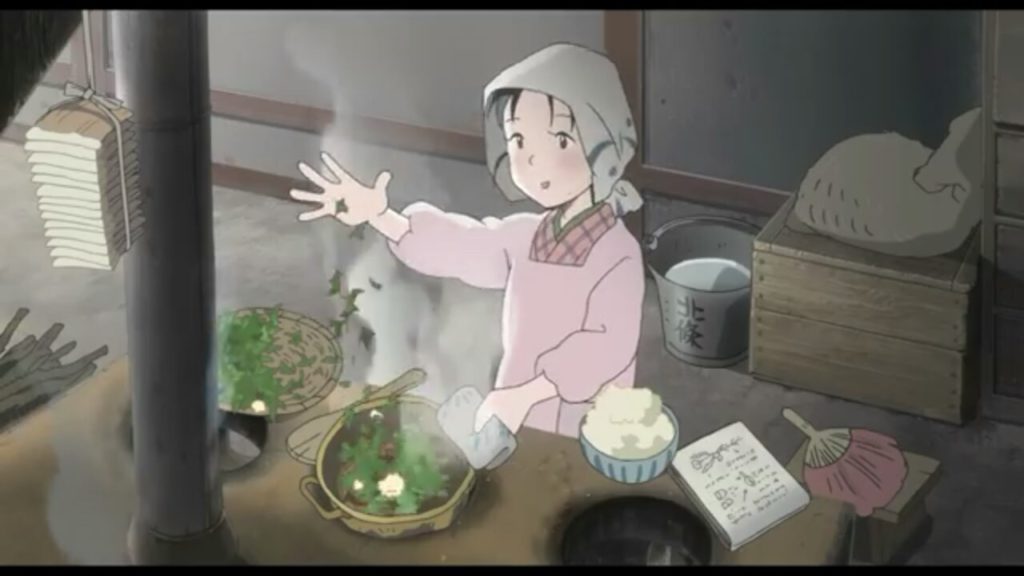
Japanese singer and actress Non (Rena Nōnen) voiced Suzu and it was her first voice acting project. Non was quite known as a TV actress in Japan but not as a voice actress so it was exciting and interesting for some to see how she’ll do in the film.
9. It’s a story related to the everyday life struggles each of us may have encountered
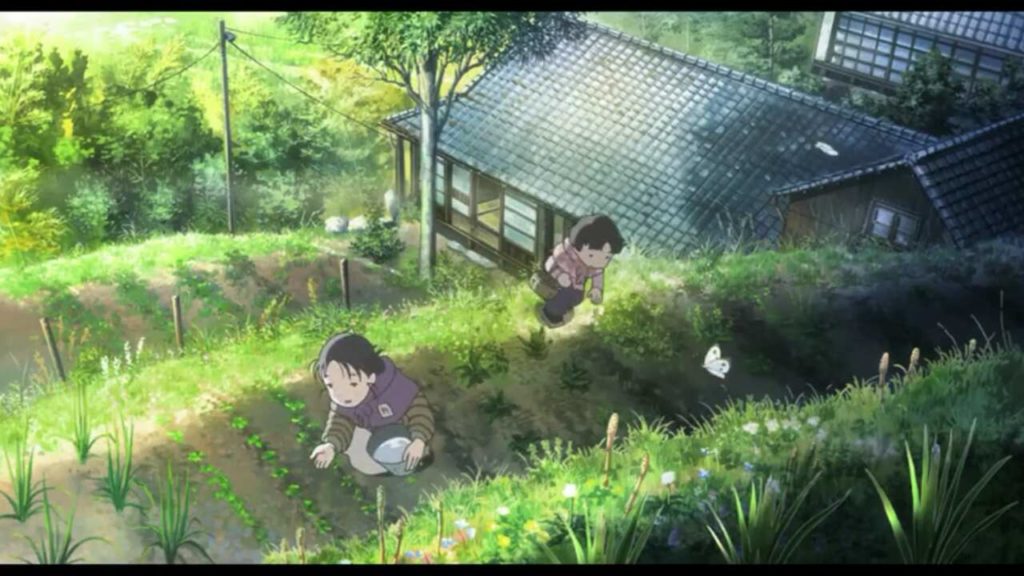
Dr. Berndt shared that for some, In This Corner of the World isn’t a war film. Instead, it’s a film that depicts our everyday lives—our low-life— and the struggles we face with every war we encounter, and how we move forward and continue living. In This Corner of the World is a relatable film not only for young girls or women like Suzu but also for a general audience.
10. It will surely make you feel emotional, yet you know you won’t regret watching it
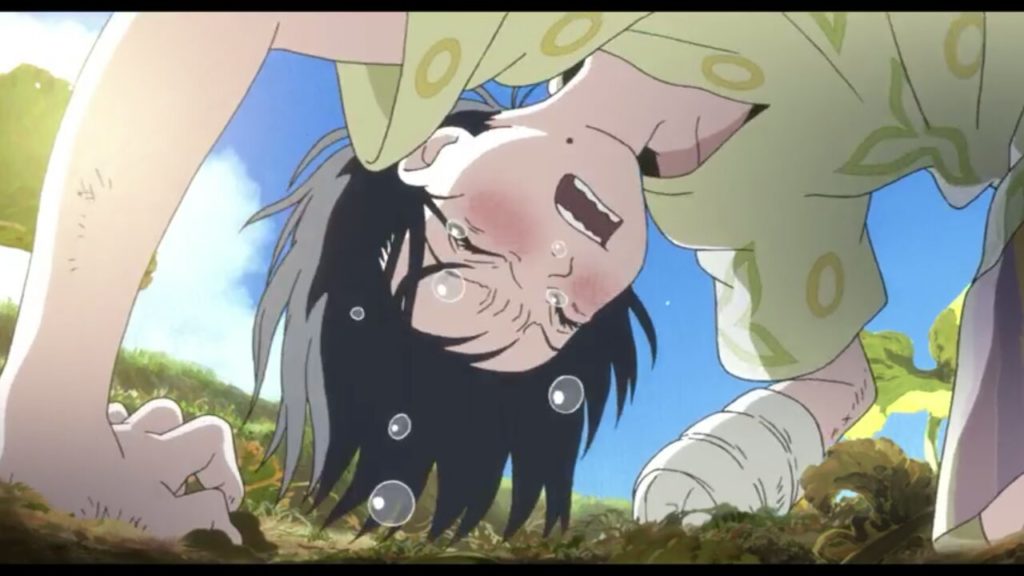
Animes sure know how to make us cry like babies and this is no exception. In This Corner of the World is a coming-of-age movie that delicately unfolds how difficult life was during the war for a woman like Suzu. This anime is definitely a tear-jerker and you’ll need to have your feelings ready for it.
11. It’s an award-winning masterpiece
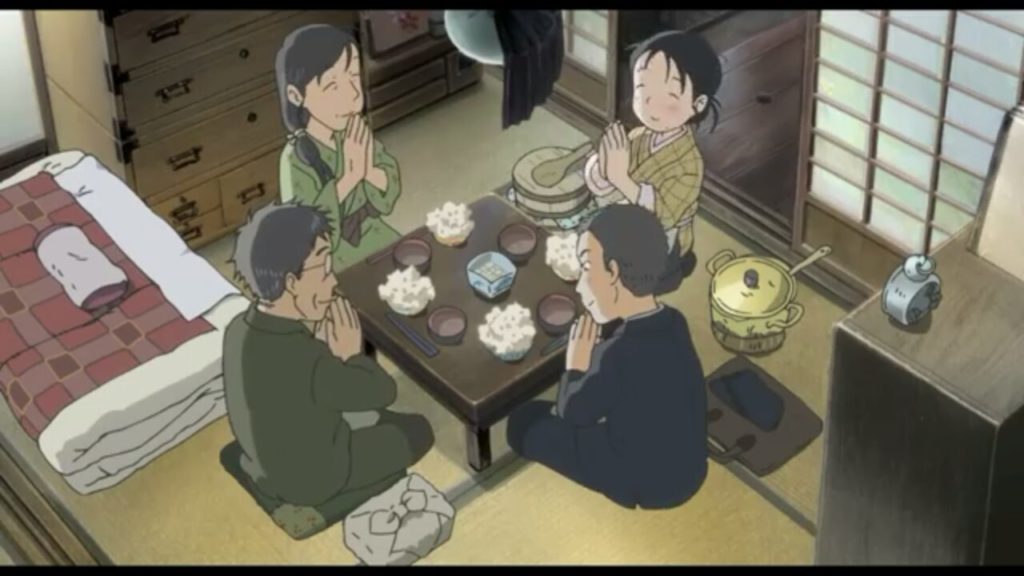
Despite the limited production budget the film had, In This Corner of the World gathered several awards and recognition such as: Animation of the Year at the 40th Japan Academy Prize, Peace Film Award at the 3rd Hiroshima International Film Festival, Japanese Film Best10 at the Osaka Cinema Festival 2016, Best Film at the 38th Yokohama Film Festival, Grand Jury Prize – Best Film at the 6th Toronto Japanese Film Festival, and many more.
12. There might be a sequel!
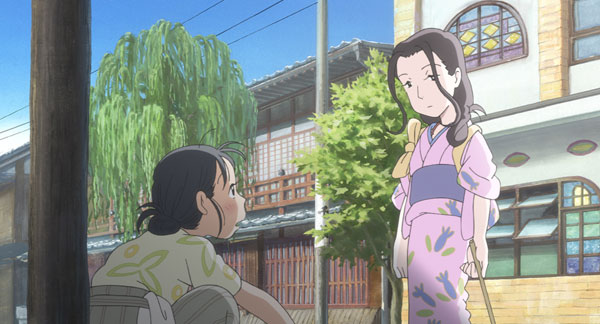
Dr. Berndt shared that since the manga have so many pages that can’t be fit into one film, there might be a sequel. The whole story is about three women: Suzu, Keiko, and Lin.
—
Check out Eigasai PH to know more about the full lineup of movies from the festival and where you can watch them!



